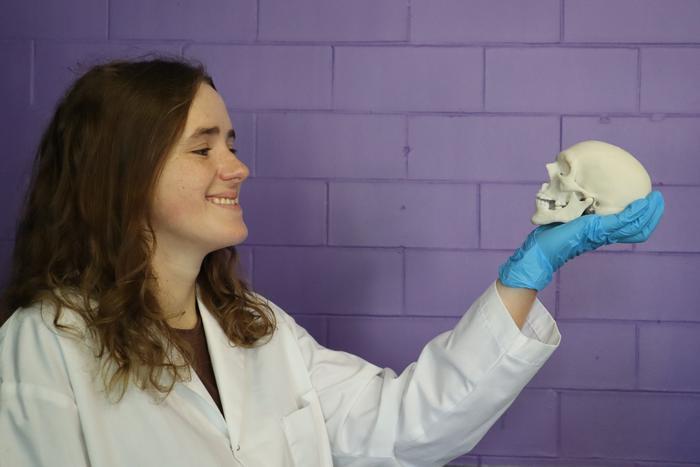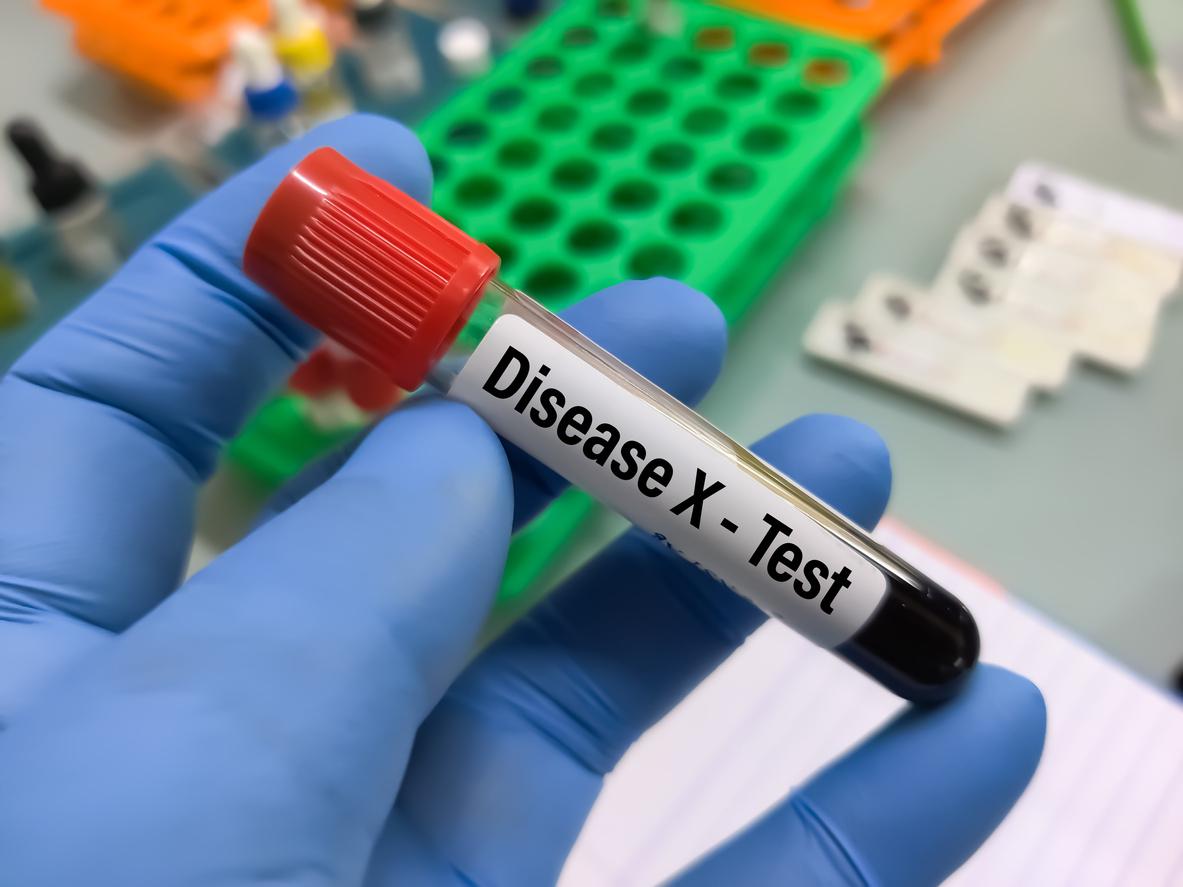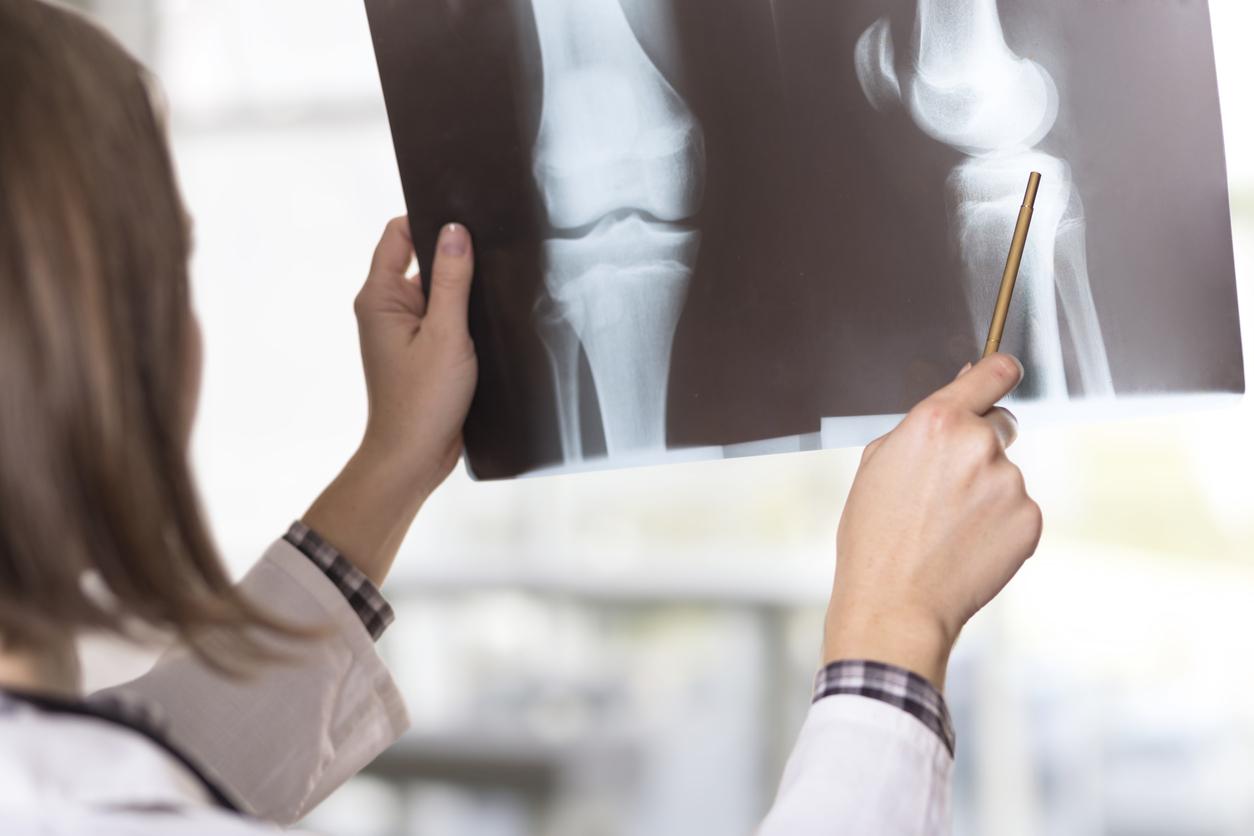We are almost all capable of distinguishing a bone, a muscle, a tendon or even a ligament: each has its place in the human body, each has its texture, its rigidity, its function… In short , it is quite clear. But some people have an extremely rare disease that generates bone formations outside the skeleton, such as in the soft and connective tissues. This pathology is called FOP, for Fibrodysplasia Ossificans Progressive and is thought to affect approximately 1 to 2 people in a million in the world, emphasizes the Focus on FOP website.
What is it due to?
For our skeleton to form, certain genes are put into action. And in fact, this bone disease is caused by a gene mutation (called Activin-Like Kinase 2 or ACtiVine Receptor type 1). The latter prevents bone morphogenic proteins (BMPs) from doing their job properly, by producing another harmful protein.
One can inherit this disease because a parent has the gene mutation, but also be the victim of a mutation of the latter in utero. Which means FOP can affect anyone. We are born with the pathology without necessarily being visible, because the disease works over “flares” which manifest the unusual bone formations. But sometimes it is detectable right away, especially in babies “with big toes deviated inwards” specifies Focus on FOP.
What are the symptoms of FOP?
Besides the malformation of the toes, FOP leads to extra-skeletal bone formations. “These heterotopic ossifications generally appear first in the cranial, dorsal, axial (along the spine), and proximal (near the root of a limb) regions of the body and later in the caudal (towards the of the feet) and distal (near the end of a limb)”, specifies the site.
It may appear in patients lumps, swellings in the parts mentioned above, which are in fact bone formations. These bones, if they are placed in the wrong places of the body, are on the other hand totally “normal” (they are real bones). The pathology is accompanied by pain and causes difficulty in movement. We notice in some babies that they have a stiff neck. Hearing may be reduced due to “heterotopic ossification in the middle ear”.
It translates to phases of thrusts during which bone formations are bornand certain elements can trigger them, such as dental care for example (via excessive stretching of the mouth or because of an injection to anesthetize). The organism “reacts” by making these pieces of bone, which do not disappear when the push subsides, and which can continue to evolve over time. Fatigue, muscle stretching, infection, injury, injection or biopsy can cause these flare-ups. In fact, FOP is expressed in different ways in affected subjects.
How is it diagnosed? Can we treat it?
In addition to the visible aspect of the disease, there is a genetic test to find out if you have it. But diagnostic wanderings are common, the Focus on FOP association estimates that 9 times out of 10 it would be misdiagnosed at first. Unnecessary examinations are often relayed by patients, such as biopsies (67% of cases), or other invasive medical interventions that had the opposite effect to that intended (in 49% of cases). The trauma experienced by the body during these examinations tends to trigger new flare-ups.
As stated on the Orphanet website, there is no cure for FOP. Corticosteroids can be prescribed at the start of an attack to calm the inflammatory reaction. The main treatment aims to prevent all triggers to slow the progression of the disease. Pain medications are also given to patients during flare-ups. Life expectancy is estimated at 40 years.
Sources: Orphanet, Focus on FOP
Read also:
- Osteoporosis: “the hormone of love” to strengthen bones
- Bone disease: singer Alain Chamfort confides
















